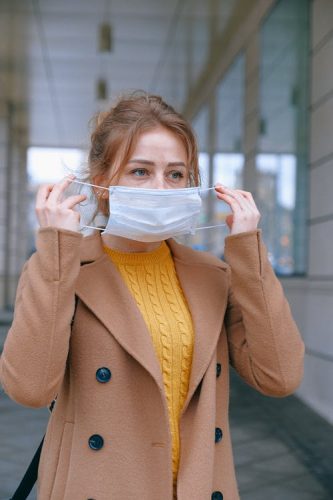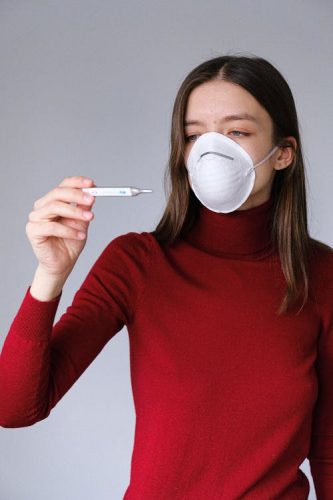It is already more than a month since the world experienced a global outbreak known as the Coronavirus. Unfortunately, thousands of people are reportedly infected by the disease, and quite a number of them already died. And until now, the spread of the virus continues to grow despite the world’s strict safety measures such as social distancing and regular hand washing.
On a small scale, only a few people are ignoring the deadly disease because the majority of the individuals in the world are following necessary health measures. That is perhaps due to the unfortunate information that there hasn’t been any cure for the diseases yet. However, for those who ignore public health message, some of them suffer from the signs and symptoms.

Source: pexels.com
What Are The Signs And Symptoms Of The Virus?
The typical one to two days start of the symptoms of COVID-19 is very similar to the common cold. In most cases, it gets accompanied by a mild sore throat. Then usually, there is a fever and physical discomfort as well. And with all these common symptoms, there is nothing much to worry about it because a patient can still manage to eat and drink as usual. The person can still be active and can still look healthy at some point.
However, for the 3rd day, some of these symptoms appear to get worse. The patient’s throat will feel a bit painful. It will soon become difficult to swallow small amounts of food. In a different individual’s experience, drinking water becomes their problem. Aside from that, body temperature will start to read at around 36.5 degrees Celsius. In some cases, though it is mildly uncommon, an individual will experience vomiting and nausea. It is also possible that diarrhea can set in as well.

Source: pexels.com
In the fourth and 5th day, the symptoms of the virus become more serious. Other symptoms will eventually manifest, and an individual may suddenly feel physically weak and exhausted. The body temperature of the patient may go up to 37 or 38 degrees Celsius as well. Though, in some instances, other individual’s temperature remains the same despite having physical pain.
Then, for the 7th day of experiencing physical difficulties, the patient will soon have fever along with a dry cough. Then due to the throat’s inability to allow airflow, Dyspnea happens. It is a condition where an individual suddenly feels difficulty in breathing. In this stage, he often feels physically and mentally tired. The patient is somehow unable to stand up and prefer always to lie down.

Source: pexels.com
And after the 7th day without showing any signs of recovery from these symptoms, the patient soon suffers from consistent coughing and breathing difficulty. Then fever gets higher and higher. Headaches, body pain, and diarrhea also get worse. With that state, admission to the hospital becomes necessary.
On the 8th day, the patient begins to suffer, and his other medical conditions will roll up with the virus’s symptoms. That is where severe shortness of breath comes in, and temperature reading goes above 38 degrees Celsius. Usually, at this stage, doctors examine the chest for the status of respiratory conditions.
For the next 10 to 15 days, if the patient is unsuccessful in recovering from the symptoms, then he must prepare for the possibility of having an acute cardiac or kidney failure. From there, death can be expected.

Source: pexels.com
But please note that this general overview serves as a compilation of an initial self-assessment purpose only. Some of these daily signs and symptoms may vary from one person to another. So if you are not feeling well, you should seek professional medical care immediately. Be sure to have an accurate diagnosis of your condition so that you can receive proper treatment for COVID-19.